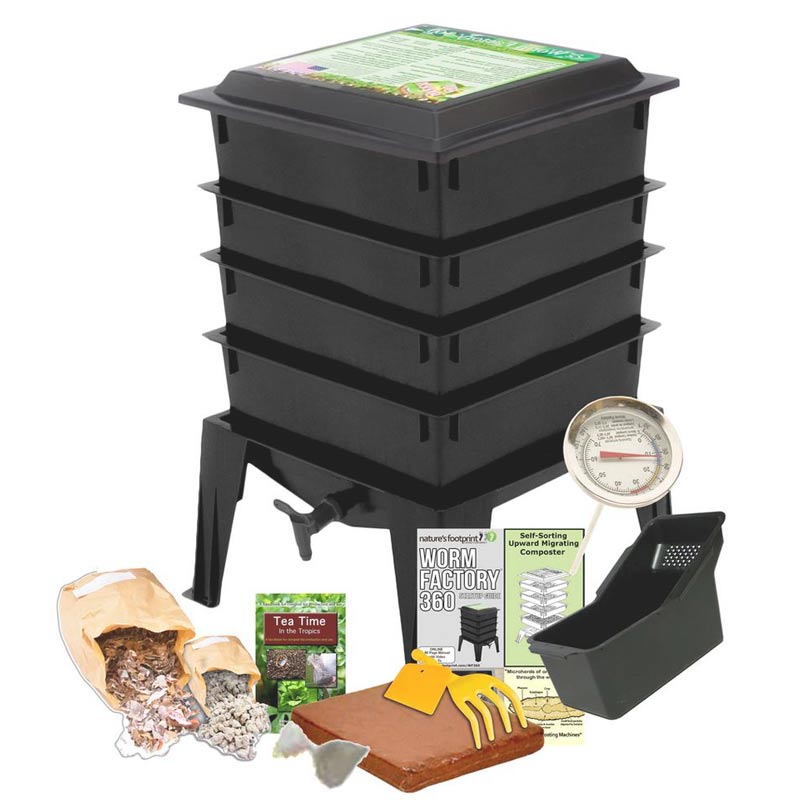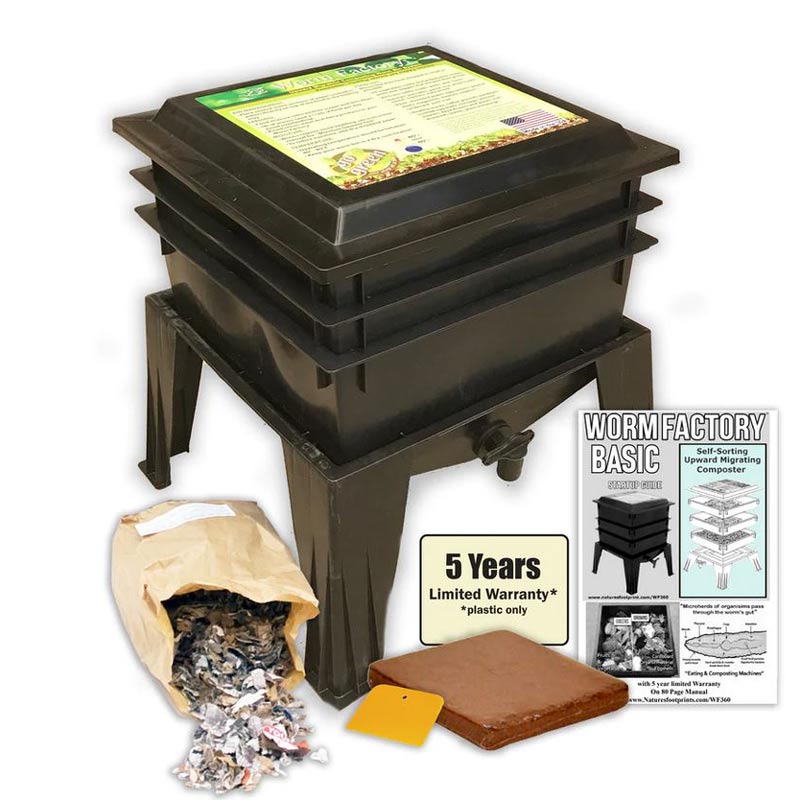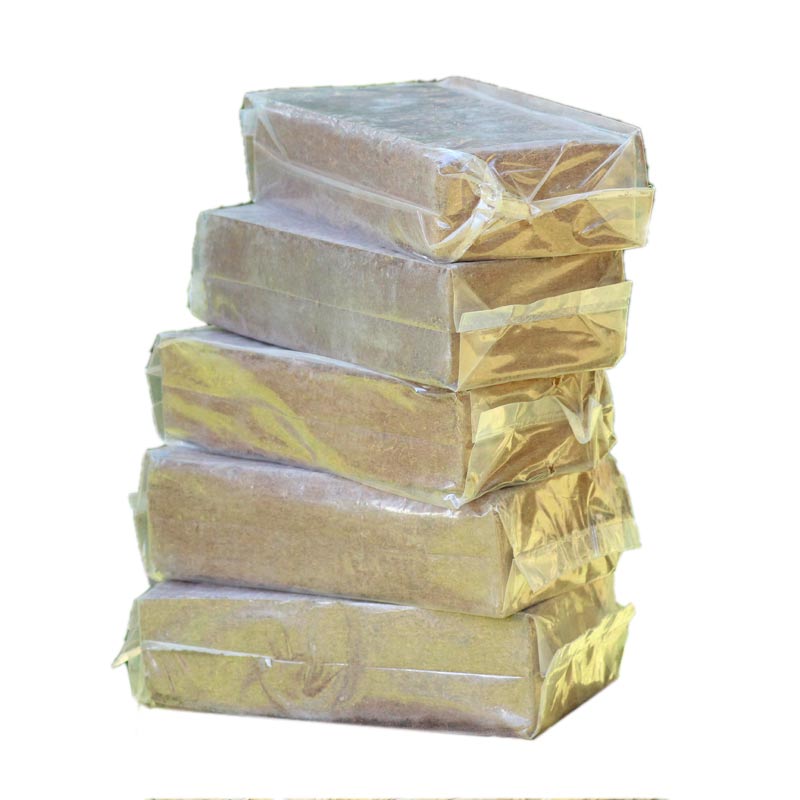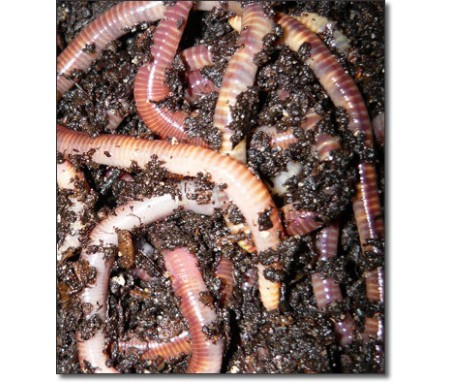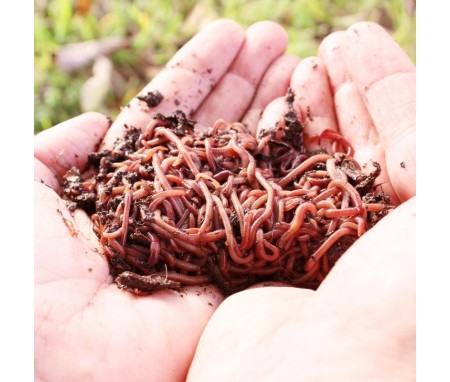How Do Worms Benefit My Garden?
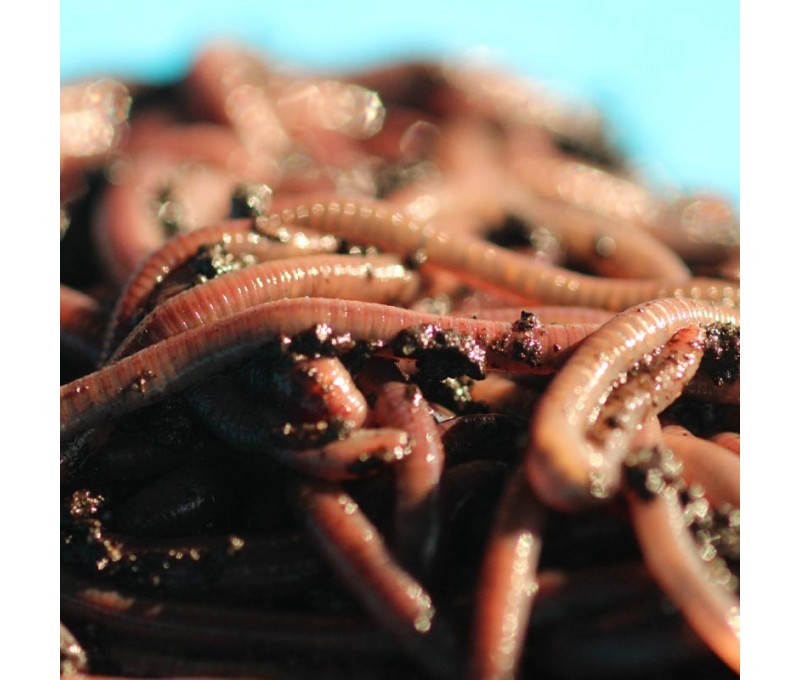
Whoever coined the name “earthworm” could not have thought of a better name for these creatures! They literally create the “earth” that we live upon. Through their eternal burrowing and digestion of organic matter they aerate the soil, counteract de-mineralization, improve its water retention properties, break up hardpans, create fertile channels for plant root growth, and liberate essential plant nutrients into soluble form.
Populations In The Wild
Earthworms (interchangeably known as "worms") can be found in rich, productive soils as well as stiff clays and sands (as long as there is sufficient moisture present). That is not to say that every type of worm can live in every type of soil. Some worms have very specific requirements whereas others can adapt to a greater range of conditions. Worm populations are significantly affected by the amount of organic matter found in their environment. The greater the ratio of compost found in the soil, the larger the population will grow. However, worms can also obtain mineral nutrients from poor soils with very little organic matter. Worm populations will stagnate and remain low within poorer soils. In general, the population of a worm colony in a particular area of soil is relational to how much organic matter is available for them to consume.Beneficial for Root Growth
Plants do not need worms to grow. Plants do not even need soil to grow. Farmers can grow food using indoor hydroponic systems or even cinder particles pumped with moisture and chemical fertilizers. For sufficient growth, plants need three essential soil requirements: moisture, available mineral nutrients, and sufficient air spaces for root growth. Again, plants can be grown in many types of growing mediums as long as there is enough water and nutrients available.However, if you have ever eaten homegrown food from your own garden you are familiar with how much a difference in flavor there is. Superior crops are grown in living soil – soil that is serviced by our wiggly friends. Plants have evolved over the millennia and have adapted to growing in natural soil. Organic matter, minerals, small rock aggregate, sand and clay are present in soils around the world. Sometimes soil can be deficient in one or more of the key elements crucial in optimal growth or may be too compact for root growth.
This is where worms can play a vital role in soil health. Worms till and loosen the subsoil, bring up fine mineral particles, and are constantly depositing nutrients via their castings from which plant roots feed. They help to free soil nutrients for growing plants and deliver mineral elements that would otherwise remain unavailable.
Soil Aeration
Plant roots grow downwards into the soil. But roots don’t grow “in” the soil – they grow in the spaces between soil particles. Roots have a limited capacity for pushing through heavy soil. Air spaces are crucial for both root growth as well as vital for the growth of microorganisms and the oxidation of minerals for plant nutrition. As water enters the top of the soil it fills the air spaces and then is absorbed into the surrounding soil and organic matter. Worms create a network of tunnels that act as a natural irrigation system of underground canals and channels helping to quickly and evenly disperse rainwater. When the water has been dispersed and absorbed, those canals and channels remain in place and continue to facilitate root growth.Soil Water Absorption & Stability
Heavy clay and silt soil are often too compact and void of passages for water to enter. Due to its compactness, rainwater will stand on top, run off, or evaporate before ever making its way down into the soil, often creating drought conditions. Worms create channels and networks of tunnels and burrows that allow rainwater to saturate the soil. The renowned gardening author Jerry Minnich wrote that USDA researcher Henry Hopp conducted experiments on soil both with and without worms. Without worms, the tested soil had and absorption rate of .2 inches of rainfall per minute. Testing the same soil one month after worms had been introduced increased the absorption rate to .9 inches per minute – an increase of 350 percent.In addition to creating water channels, worms leave behind their castings as they tunnel through the soil. Worm castings (worm poop) are significantly important in developing water stability. Water stability is the property of soil that allows it to remain loose, accept and hold moisture. For example, if your garden contains soil with poor water stability and is tightly packed you may choose to loosen it through mechanical tilling. The soil will seem “refreshed” and will hold water quite well for a short time. But soon the soil, through the process of becoming wet and then drying out, will begin to clump together and form hard lumps. In time, the mechanically tilled soil will revert back to its previous state and prevent water absorption as well as become unfriendly to healthy root growth.
Improved water stability is achieved by combining soil particles with organic materials that are also present. These organic materials are produced by living organisms such as worms and other micro-organisms. Worm castings help to loosen hard soil. And, conversely, castings will bind loose, sandy soil that is too well drained.
Soil Structure
Soil can contain many types of particles such as silt, clay and sand that will group together into larger parts called granules and aggregates. When soil contains a large number of aggregates it will resist water logging, compaction, and erosion and will stay loose and well aerated when dry or wet. Soil that contains a large amount of aggregates stays loose, well aerated, and allows for proper drainage.Worms play a significant role in the creation and bonding of soil aggregates helping to improve the structure of soil. Tests have shown that in as little as three days after introducing worms to a small garden plot that the percentage of large aggregates increased from 5.9 to 12 percent. Although researchers are not exactly sure how aggregates are formed in the worm’s digestive tract, the fact remains that the addition of worms to soil vastly improves its structure.

